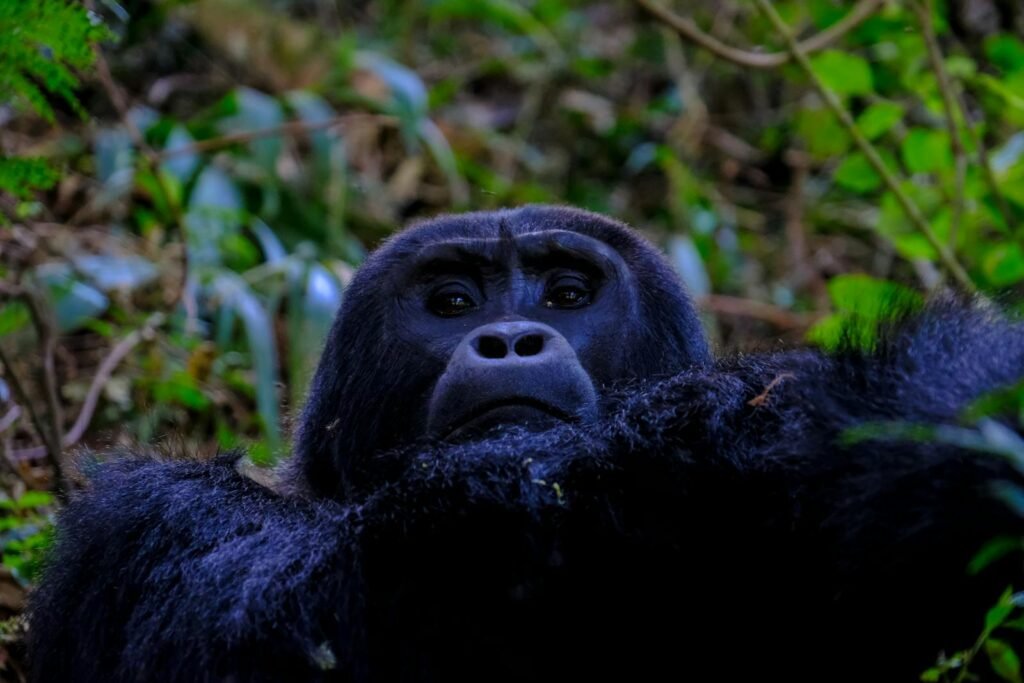Imagine trekking through the misty forests of Central Africa, the air thick with anticipation, when suddenly a low, melodic hum drifts through the greenery. It isn’t the wind or a distant bird—it’s a gorilla, content and quietly singing to itself. For decades, the great apes of the world’s jungles seemed to exist in a hush, communicating in grunts and gestures, their inner lives a mystery. But in a twist that surprised even seasoned primatologists, researchers stumbled upon an astonishing secret: gorillas, those gentle giants, hum when they’re happy. This revelation not only challenges our understanding of gorilla behavior, but also deepens the emotional connection we feel with our wild cousins.
The First Whispers: A Hidden Symphony in the Jungle
For years, gorillas were thought to be relatively quiet compared to their noisy chimpanzee and bonobo relatives. Researchers often reported brief grunts, chest beats, and the occasional bark, but nothing more melodic. It took patient, almost meditative observation for scientists to catch the faint traces of humming. These soft tunes, often overshadowed by rustling leaves and the cacophony of the jungle, went unnoticed for generations. It was only when researchers began spending long, uninterrupted hours near gorilla families, listening as much as watching, that the subtle humming emerged. The realization sent ripples of excitement through the primatology community—a new vocal behavior was waiting to be understood.
What Does a Happy Gorilla Sound Like?
Describing a gorilla’s hum is like trying to capture the warmth of a smile in words. The sound is soft, melodic, and surprisingly rhythmic, sometimes resembling a gentle purr or a drawn-out “mmm.” Scientists note that these hums vary in tone and pitch, suggesting that each gorilla might have its own signature tune. The humming is most often heard during mealtimes, as gorillas munch on their favorite leaves and fruits, seemingly savoring both the food and the moment. This vocal display of contentment adds a layer of emotional depth to gorillas that many never imagined.
The Science of Listening: How the Discovery Was Made

Uncovering the gorilla hum wasn’t a fluke—it required a blend of curiosity, technological innovation, and sheer perseverance. Researchers used highly sensitive microphones and audio recorders to capture sounds too quiet for the naked ear. Hidden among the dense foliage, these devices recorded hours of gorilla life, revealing patterns that matched periods of rest and, notably, mealtime. Scientists then analyzed the recordings, comparing them with video footage to confirm that the soft hums were produced by gorillas and not other forest dwellers. This meticulous approach transformed what was once anecdotal into solid scientific evidence.
Why Do Gorillas Hum?
The discovery of gorilla humming sparked a flurry of questions: Why do they do it? What does it mean? Experts believe the humming is a sign of satisfaction, a way for gorillas to express their pleasure while eating. But there’s more to it—these hums may also serve social purposes. By humming, a gorilla might signal to others that it is enjoying its meal, subtly communicating that the food is safe and tasty. The hum, then, is both a personal expression and a social cue, weaving together individual happiness and group dynamics.
Gorilla Humming Versus Other Ape Vocalizations
Gorillas aren’t the only apes with a vocal repertoire. Chimpanzees, bonobos, and orangutans all use a variety of sounds to convey emotions and intentions. Yet, the gorilla hum stands out for its gentleness and context—it’s rarely, if ever, used in aggression or alarm. Instead, it’s a song of peace, heard in the quiet intimacy of family meals. This sets gorillas apart, painting them not as silent giants, but as creatures capable of subtle, joyful communication. Understanding these differences helps scientists appreciate the rich diversity of ape social lives.
Social Bonds: How Humming Strengthens Gorilla Families
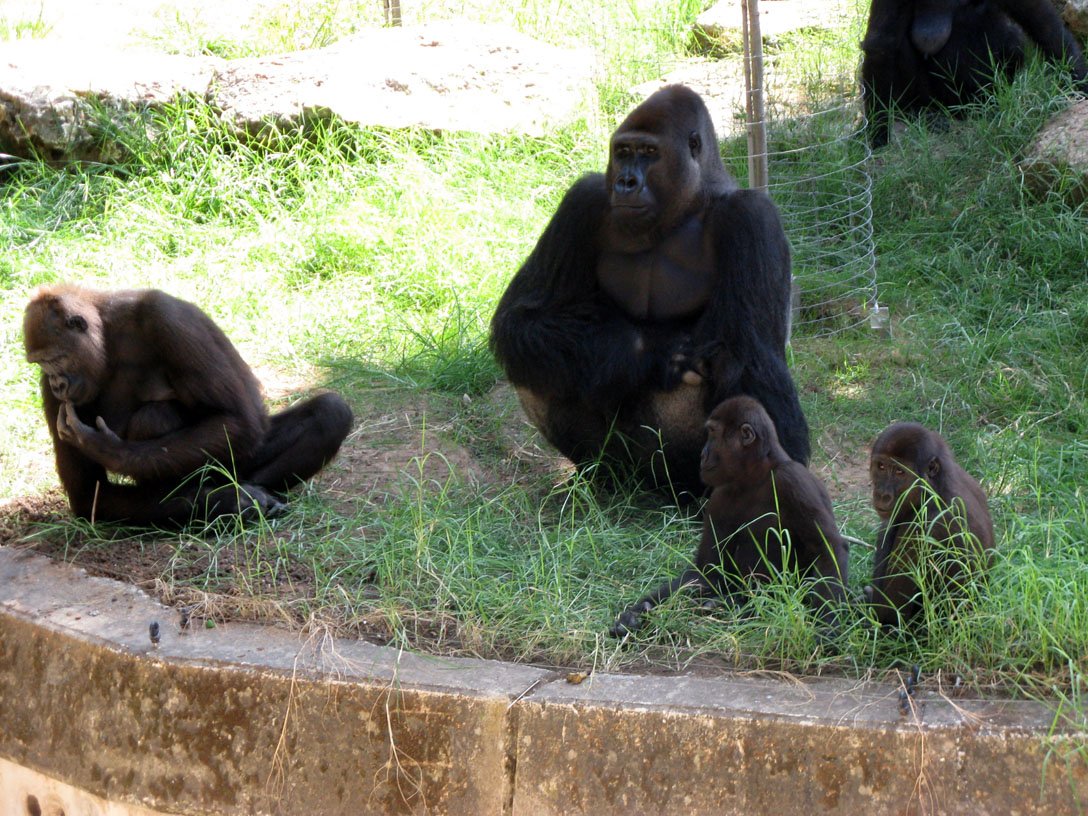
In gorilla society, family is everything. Humming appears to play a role in maintaining these close bonds. When several gorillas hum together during a shared meal, it creates a soothing atmosphere, reducing tension and reinforcing trust. Young gorillas often learn to hum by mimicking their elders, much like human children learning to speak. This shared vocal behavior becomes a family tradition, passed down through generations, and helps maintain harmony within the group. The hum, simple as it seems, is a thread that ties gorilla families together.
What the Humming Reveals About Gorilla Emotions
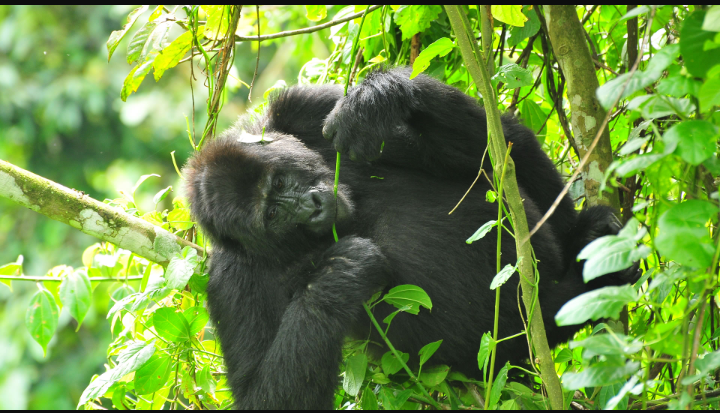
For a long time, scientists hesitated to attribute complex emotions to animals. But the discovery of humming challenges that hesitation. It suggests that gorillas not only feel happiness but are moved to express it in ways that are strikingly similar to humans. This humming is spontaneous and unforced, rising naturally when a gorilla is at ease. It’s as if, in those moments, the barrier between human and animal grows thinner, reminding us of the deep emotional lives that pulse beneath the fur and muscle of our wild relatives.
The Role of Humming in Gorilla Conservation
Understanding gorilla behavior is not just a matter of curiosity—it’s essential for their protection. By recognizing the importance of humming, conservationists can better assess gorilla well-being in the wild and in captivity. If a group of gorillas stops humming, it may signal stress, illness, or environmental disruption. Caretakers in wildlife reserves now listen for these gentle songs as a sign of healthy, happy animals. In this way, the science of gorilla humming becomes a tool for their survival, inspiring greater empathy and more effective protection strategies.
Challenges in Studying Gorilla Communication
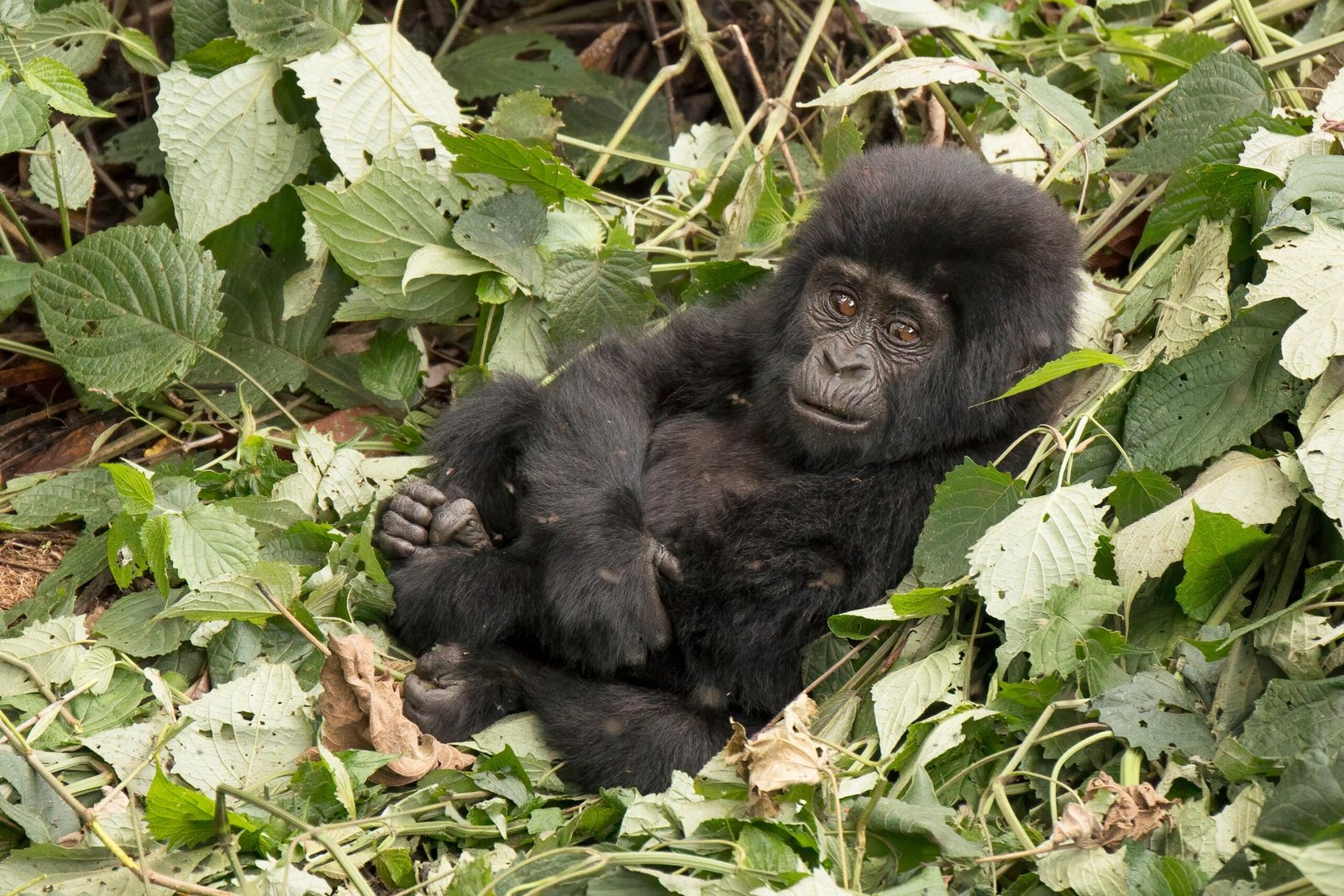
Despite the progress, studying gorilla vocalizations remains a challenge. Dense forests, unpredictable weather, and the elusive nature of these gentle giants make fieldwork demanding. Researchers must blend into the background, often waiting hours in silence for a single hum. There is also the risk of misinterpreting sounds, especially with so many other animals sharing the forest. But these challenges only fuel the determination of scientists, who know that every new discovery brings us closer to understanding the secret lives of gorillas.
The Broader Significance: What Gorilla Humming Teaches Us
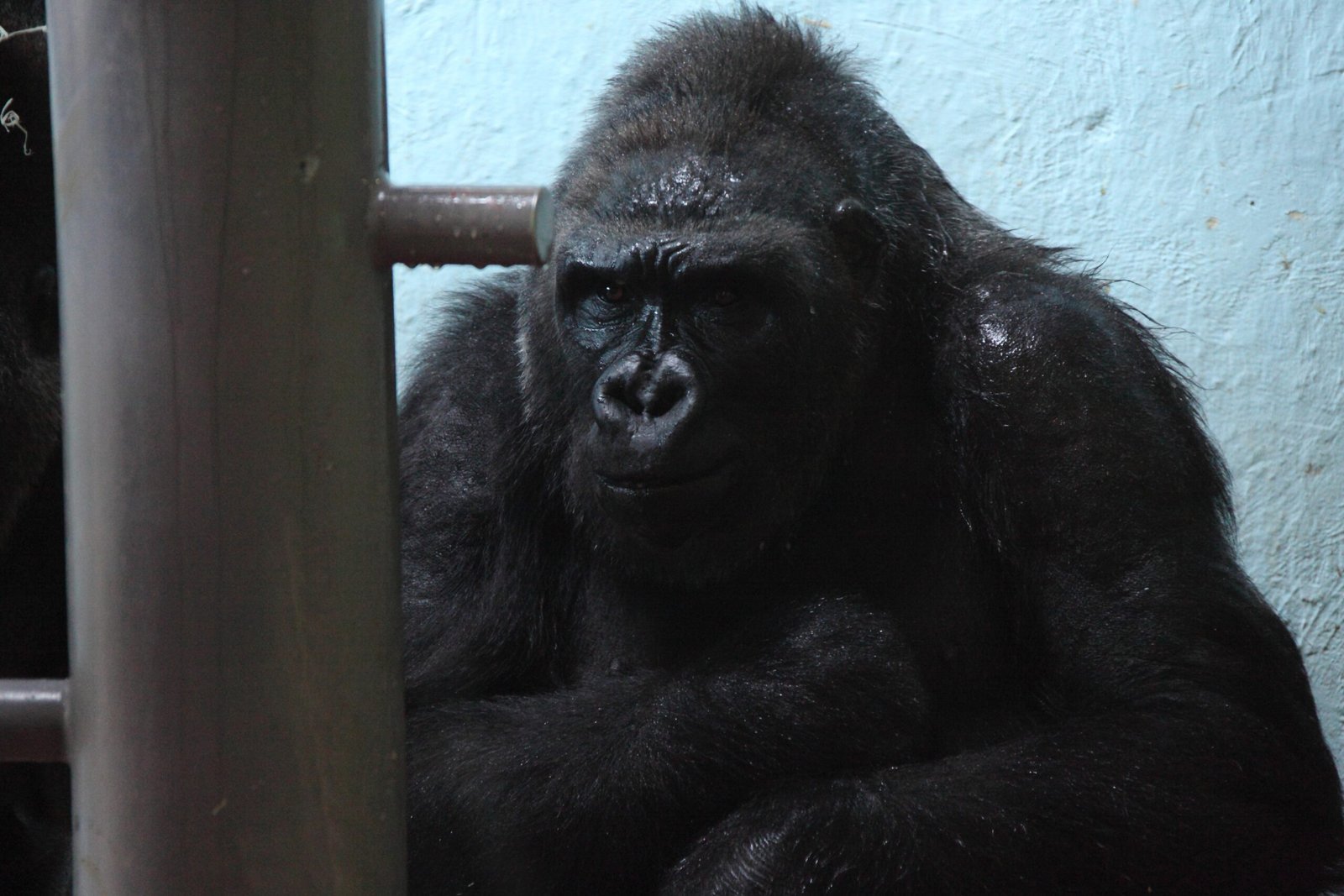
The story of gorilla humming is more than an oddity—it’s a lesson in humility and wonder. It reminds us that even in the world’s remotest corners, there are still mysteries waiting to be uncovered. The idea that gorillas hum when happy invites us to rethink what we know about animal intelligence and emotion. It also challenges us to listen more closely, not just to the sounds of the jungle, but to the subtle expressions of life all around us. In a world that often feels divided, the gentle hum of a gorilla becomes a symbol of connection—a quiet song that bridges the gap between species.
Listening to the Future: What Comes Next?
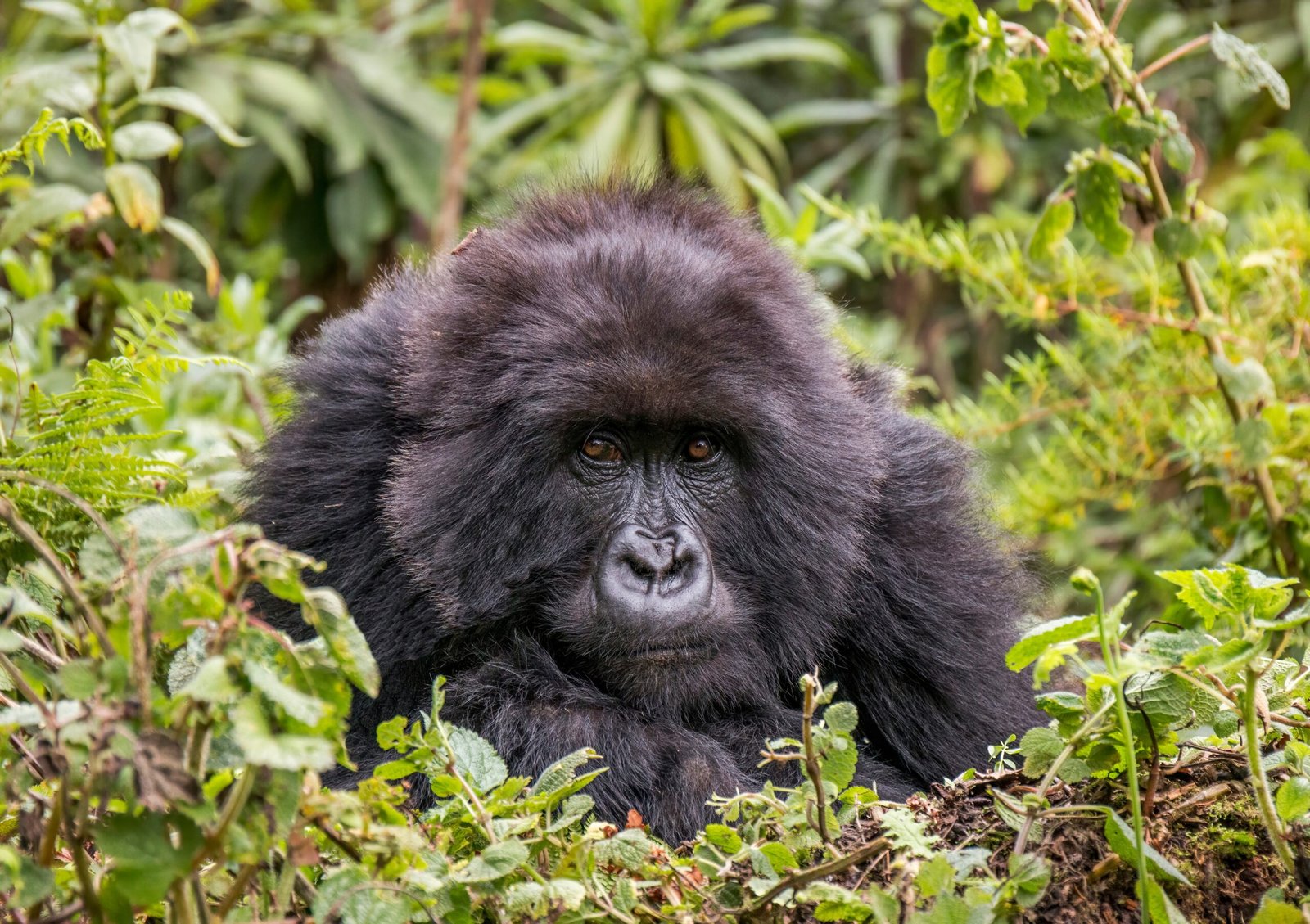
With this discovery, the door is open for further exploration. Scientists are now eager to study whether other emotions, such as sadness or excitement, have their own vocal expressions among gorillas. There is also interest in comparing humming across different gorilla populations to see if regional “dialects” exist. Each new finding will deepen our understanding of gorilla culture, emotional intelligence, and the intricate web of communication that binds the animal kingdom together. The journey from silence to song is far from over—and who knows what melodies await just beyond the next bend in the forest?

